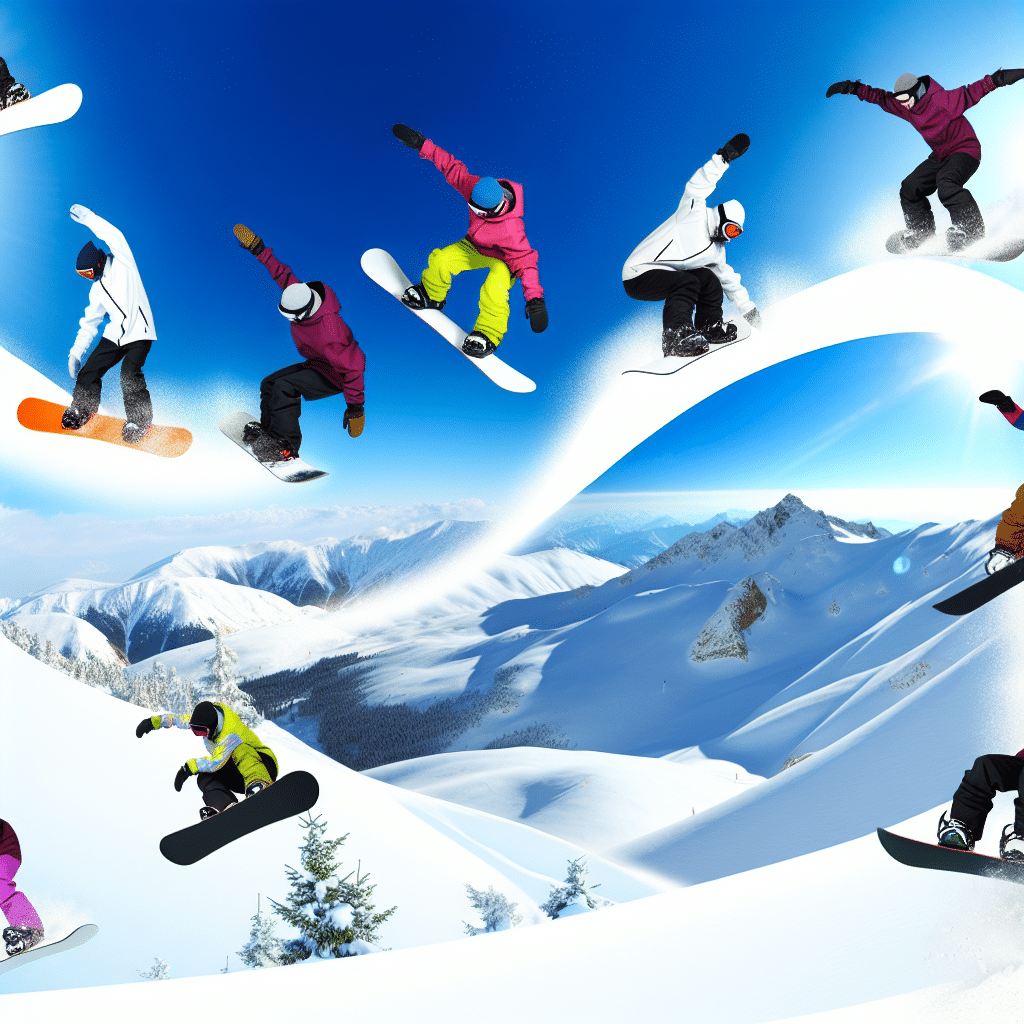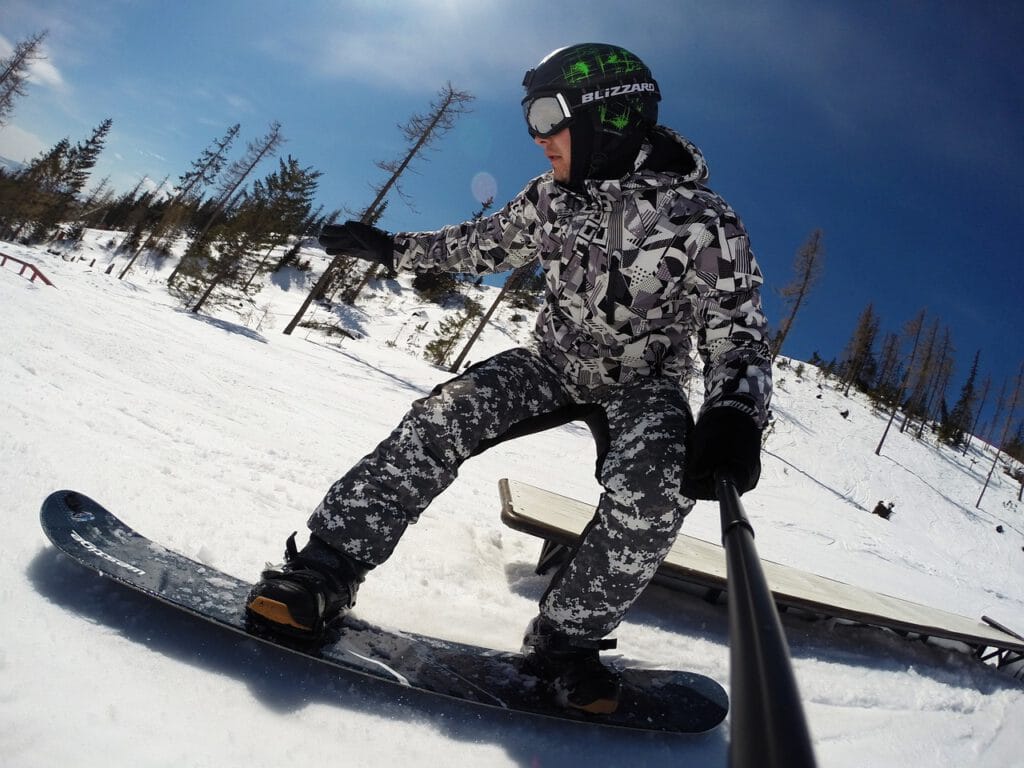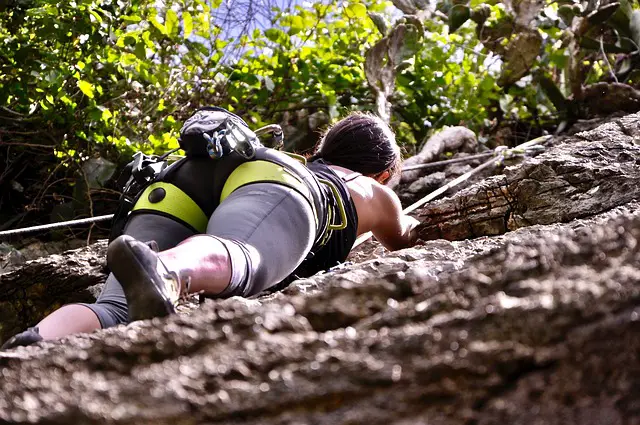If you’re someone who finds delight in the winter months when landscapes are painted with stunning snow and frost, you’re likely to try or have already tried snowshoeing. This winter activity is not only a great form of exercise but also a fantastic way to truly take in the beauty of the season. But before you start creating memories in the snow, you need to ensure you’re properly equipped. Among the most critical gear are the boots for snowshoeing.
Why is Choosing the Correct Snowshoeing Boots Crucial?
Snowshoeing can be a fun and rewarding activity, but without the right boots, it can quickly turn into a discomforting experience. Cold, wet feet are the last thing you want when venturing out into the snowy wilderness. Thus, selecting the right shoes is of paramount importance. Your boots need to balance comfort, warmth, water resistance, and decent ankle support.
What are the Different Types of Boots for Snowshoeing?
When choosing boots for snowshoeing, there are different types to consider based on your specific needs and the conditions you’ll encounter. Here are some popular types:
Insulated Winter Boots
These are perhaps the most common type of boots used for snowshoeing. They are designed to keep your feet warm in freezing conditions. An excellent example of this type is the Bogs Classic Insulated Winter Boot, which can keep your feet warm even in sub-zero temperatures.
Backpacking Boots
These boots are made to handle both the weight of a heavy backpack and the rugged terrain. They typically provide excellent support and are made from durable, water-resistant materials. The Vasque Breeze AT Mid GTX is a backpacking boot worth considering for snowshoeing.
Mountaineering Boots
These boots are built for extreme conditions, typically providing excellent insulation and a stiff sole for crampon compatibility. The La Sportiva Nepal Evo GTX is an example of a great mountaineering boot for snowshoeing.
What to Look for When Choosing Boots for Snowshoeing?
Waterproofing
When you’re in the snow, maintaining dry feet is crucial. Therefore, ensure your boots are waterproof or at least water-resistant.
Good Insulation
Insulation is a critical factor in keeping your feet warm. Look for boots that have a good amount of insulation – particularly for snowy, cold conditions.
Ankle Support
Snowshoeing often involves traversing uneven terrain, so boots that offer solid ankle support can prevent sprains or strains.
Fit and Comfort
Fit and comfort are essential when selecting any footwear. Improper fit can lead to discomfort and blisters. Therefore, always try on snowshoeing boots before buying, if possible.
Conclusion
Finding the right boots for snowshoeing largely depends on your personal needs and the specific conditions you’ll be snowshoeing in. With this guide, you should be able to make an informed choice and get the perfect pair of boots that will let you enjoy your winter adventure to the fullest. So gear up, step out, and embrace the snow!




